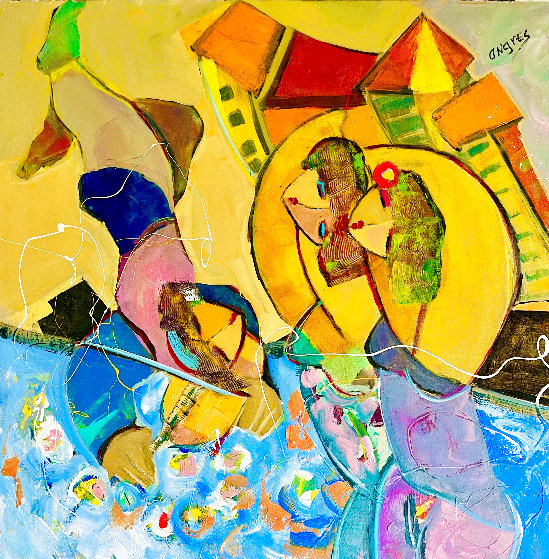

Pipes can be entered to indicate separate bars, for example: However, with long pieces, it can be hard to read for anyone attempting to edit it (even for the original user). The following is perfectly functional code: Score ignores excess white space, which can be useful when writing music just as it is with writing computer code.
Lilypond music how to#
It may also help to read parts of Music Theory on Wikibooks, especially the page " How to read Music". The duration of the note is shown by its appearance.įor more information, see Note value on Wikipedia.įor more complicated symbols, please refer to List of musical symbols on Wikipedia and the Wikisource help page Help:List of musical symbols.

Mnemonics that can help you to remember these are " Good Boys Deserve Favours Always" (for the pitches on the lines) and " Any Cow Eats Grass" (for the pitches on the spaces). The bottom line is G and the top line is A. On staves with a bass clef (the second example in the diagram), the pitches are two lower than with a treble clef. Common mnemonics that can help you to remember these are " Every Good Boy Deserves Favours" (for the pitches on the lines) and "FACE in the space" (for the pitches on the spaces between lines).

The space above is F and the line above that is G and so on until the top line, which is F. On staves with a treble clef (the first example in the diagram), the bottom line is E. Pitches are represented by the first seven letters of the alphabet (A, B, C, D, E, F and G), the next pitch after G is A again and the pattern repeats. Each line and each space is a different pitch. The pitch is shown by the vertical position of the note head. Knowing the pitch and duration of notes is important. A bar is a section of the stave, representing a period of time, marked by vertical lines called "bar lines". A stave starts with a " clef" and will usually have five lines. Notes are written in " bars" on a " stave" (or "staff"). Two or more notes with flags next to each other are often connected together these connections are called "beams". Flag: Some notes have flags, short diagonal "tails" at the end of the stem opposite to the note head.Multiple note heads on one stem are a "chord". Stem: Most notes have stems, they are the vertical lines connected to the notes head(s).Note head: All notes have a note head, a circular mark like a dot.


 0 kommentar(er)
0 kommentar(er)
